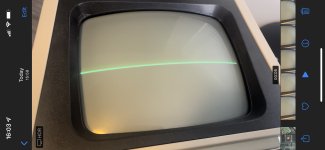I am sat in a hotel room at the moment waiting for breakfast, so this will be fairly brief...
You do have a means of patching a BIN file, it is called your EPROM programmer! Load the binary or hex file and there should be some means of manually entering bytes before programming the EPROM.
Failing that, there is an online tool (called HexEdit) that I use. Download the binary file to the Web page, patch the image accordingly and download the resulting binary file back to your computer.
The other way of doing it is to use the source code on my Google drive and the online assembler (asm80.com) to edit the CRTC table and reassemble.
Yes, if you have a 40 column CRTC PET my diagnostic code will not work out of the box.
At the beginning of my diagnostic is a CRTC initialisation table (a few bytes into the code). Pick one of the tables designed for a 40 column machine.
You may need to use the calculator program on your PC to convert from decimal to hexadecimal if you are going to do some patching though.
My diagnostic code can handle any version of PET BASIC. There is a possibility that Eudi's original (and dave_m's CRTC patch) may only work with a subsets of PET BASIC. The difference is the entry point of the EDIT ROM that is called from the KERNAL ROM on a reset.
You need to 'divide and conquer'. You could have a fault on the PET main logic board or the monitor. Disconnect the monitor and 'scope the video and horizontal & vertical drive signals on the monitor connector of the PET logic board. The H and V drive signals need to be correct before you connect the monitor.
OK, breakfast time

!
Dave

